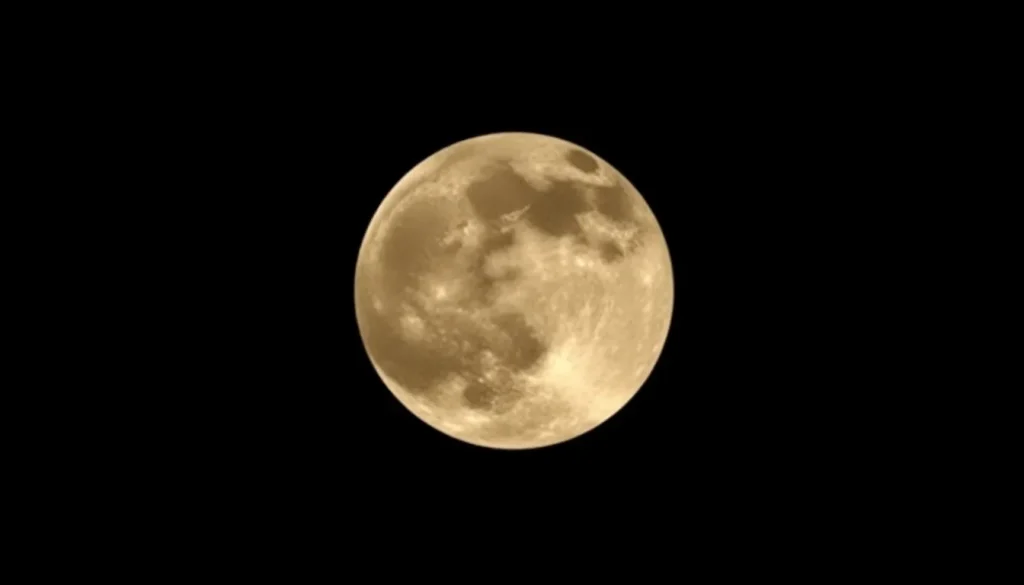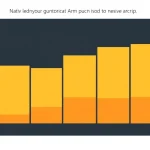Researchers discover Earth's hidden quasi-moon after 60 years

The universe is full of mysteries, many of which remain hidden from our eyes for decades. One such enigma has recently come to light: a quasi-moon that has orbited Earth for over 60 years without our knowledge. This astonishing discovery offers insights into our planet's relationship with its celestial neighbors and the ongoing evolution of our understanding of the cosmos.
Researchers from Spain have discovered a second moon, known as Apollo asteroid 2025 PN7, which has been accompanying Earth since the 1960s. Detected by the Pan-STARRS observatory in Hawaii on August 2, 2025, this tiny celestial body is expected to continue its orbit around our planet for another 60 years.
Unlike a traditional moon, 2025 PN7 is classified as a quasi-moon. This term refers to an asteroid that orbits the sun in such a manner that, from the perspective of the planet it is near, it appears to be in orbit around that planet. Although 2025 PN7 seems to circle Earth, it is not gravitationally bound to it.
Understanding the nature of quasi-moons
The classification of quasi-moons adds an intriguing layer to our understanding of celestial mechanics. Quasi-moons, like 2025 PN7, are part of a larger family of asteroids, specifically the Arjuna asteroids, which share Earth-like orbits. Here’s a closer look at their characteristics:
- Composition: Quasi-moons are primarily composed of rock and metal, similar to other asteroids.
- Orbit: They have orbits that are influenced by the gravitational pull of Earth, but they remain primarily in orbit around the sun.
- Size: These bodies can vary significantly in size, but many are relatively small, often measuring just a few tens of meters in diameter.
- Discovery History: The first Arjuna asteroid was identified in December 1991, and since then, over 100 similar celestial bodies have been recognized.
- Potential for Observation: Their visibility depends on their proximity to Earth and the capability of telescopes used for observation.
Why did it take so long for the quasi-moon 2025 PN7 to be discovered?
One of the key questions surrounding the discovery of 2025 PN7 is why it remained undetected for so long. Several factors contributed to this delay:
- Size: With a diameter estimated between 15 and 30 meters, 2025 PN7 is relatively small, making it difficult to spot against the vastness of space.
- Distance: The asteroid orbits at a distance of approximately 384,000 kilometers from Earth, sometimes coming as close as 300,000 kilometers. This proximity is comparable to that of our own moon, but its smaller size makes it less noticeable.
- Faintness: 2025 PN7 is faint and can only be detected with powerful telescopes when it approaches Earth closely.
- Data Archiving: Notably, researchers have found evidence of 2025 PN7 in archived images dating back to 2014, illustrating how past data can yield new discoveries.
- Technological Advances: The advancements in observational technology and techniques have significantly increased our ability to detect such small celestial bodies.
Implications of the discovery
The discovery of 2025 PN7 opens up exciting avenues for research and exploration:
- Understanding Asteroid Dynamics: Studying quasi-moons like 2025 PN7 can enhance our understanding of asteroid dynamics and how they interact with planetary bodies.
- Future Exploration: As we learn more about these celestial bodies, they may become targets for future exploration missions.
- Impact on Earth: Although current calculations indicate that 2025 PN7 poses no threat to Earth, continuous monitoring of such asteroids is crucial for planetary defense.
- Broader Cosmic Context: Each discovery adds to our knowledge of the solar system's evolution and the complex relationships between celestial objects.
As researchers delve deeper into the implications of this discovery, they may find additional insights into the origins and behaviors of quasi-moons. To explore more about this topic, consider watching this interesting video:
Future observations and studies
The future of research regarding quasi-moons like 2025 PN7 is promising. With advances in technology and a growing global interest in space exploration, astronomers are better equipped than ever to study these elusive objects:
- Enhanced Telescopes: New telescopes with greater sensitivity will allow for more frequent and detailed observations of quasi-moons.
- International Collaboration: Collaboration among international space agencies can lead to more comprehensive monitoring of potential quasi-moons.
- Public Engagement: Increasing public interest in space exploration can foster support for research initiatives and funding.
As we continue to unravel the mysteries of our solar system, discoveries like 2025 PN7 remind us of the vastness and complexity of the universe. Each finding not only broadens our understanding but also ignites curiosity about the countless unknowns that still lie ahead.




Leave a Reply